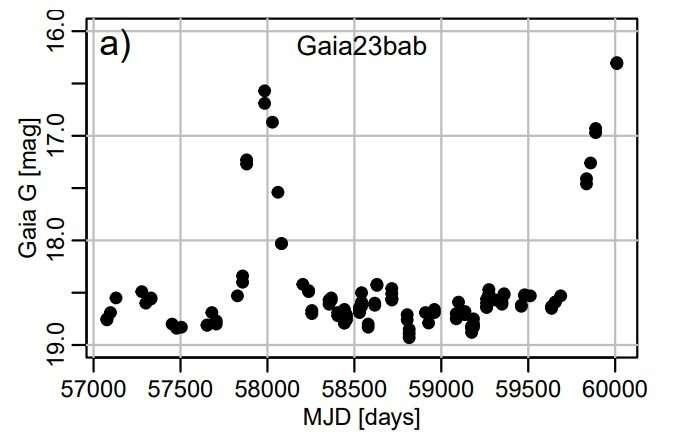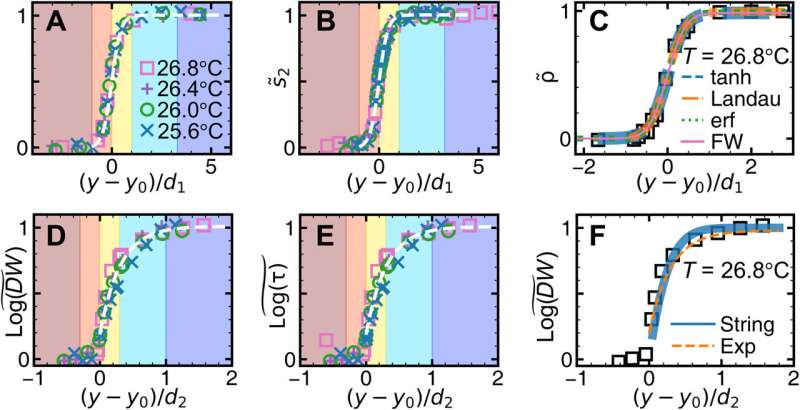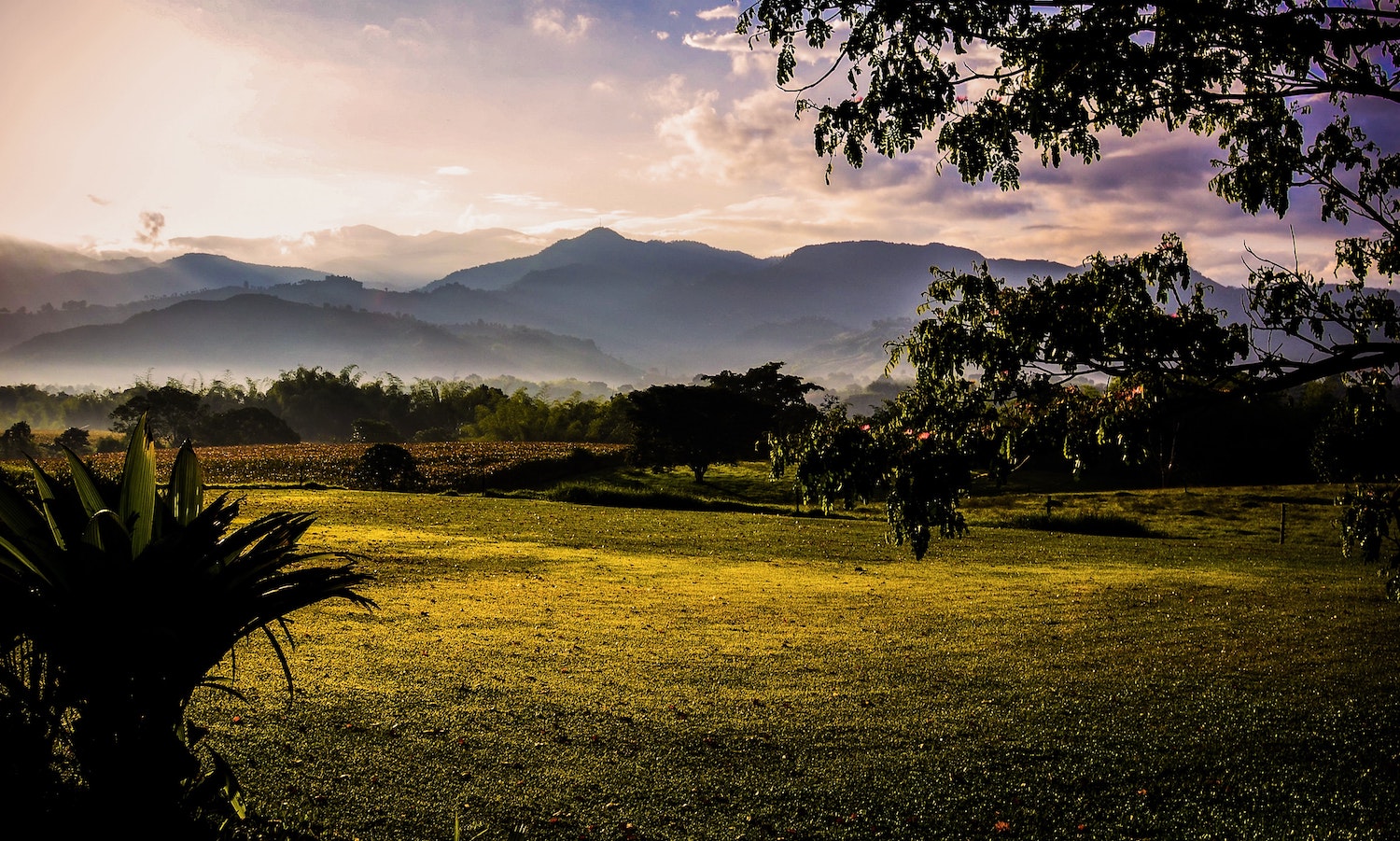The most biodiverse region on the planet, Latin America is an agroindustrial superpower that exports fully one fourth of its total production. By contrast, another agricultural superpower, Asia, exports only 6 percent of its production. Still Latin America has never succeeded in tapping into its agricultural wealth to adequately feed its population. At the moment, at least six countries in the region are in the throes of a food crisis, with nearly 268 million Latin Americans currently feeling the effects of food insecurity, with many millions more sure to join their ranks in the coming months.
The countries in crisis—Guatemala, El Salvador, Honduras, Nicaragua, Haiti and Venezuela—find themselves in this situation as a result of economic recessions, natural or climate-related disasters, waves of violence or widespread delinquency. On top of that, the invasion of Ukraine and resulting spike in energy costs, as well as the lingering effects of the coronavirus pandemic and a series of climate shocks have sparked one more perfect storm that is plunging millions more Latin Americans into hunger.
Food insecurity spiked in many countries throughout Latin America and the Caribbean in recent years. In 2014, 24.6 percent of the region’s population was food insecure in 2014, compared with 40.6 percent in 2021, largely as a result of COVID-19 lockdowns and their economic fallout. Nevertheless, Latin America’s vulnerability to external crises is symptomatic of deeper problems in the region’s food systems and the wider development model adopted by most of its nations.
How is it that, given our wealth of agricultural resources, we always seem to find ourselves on hunger’s precipice? After all, of the world’s 12 so-called mega diverse countries, five of them—Brazil, Colombia, Ecuador, Mexico and Peru—are in Latin America. The region also boasts three of the most important centers of origin and biodiversity. Mesoamerica is the birthplace of milpa—the trio of squash, beans, and corn, (itself among the most-consumed products on earth)—as well as avocados, or green gold. The potato, and a great variety of other tubers, originate in the Andes, as does quinoa, chiles, and the tomato. The Amazon basin is home to the pineapple, the cashew and cacao. In addition, Argentina’s vast pampas are ideal for cattle grazing, and the frigid waters off the coast of Peru are among the richest seas in the world. Nearly half the tropical forests and one third of the planet’s fresh water are in Latin America.
These factors make Latin America an ideal place to grow a wide variety of crops, helping turn it, in many respects, into a key breadbasket of the world. Agricultural exports have been a major source of both pride and export income and have garnered significant attention from our political class. Brazil and Argentina are among the world’s leading agricultural superpowers. Peru, Chile and Mexico—another agricultural heavyweight of global scale—have become leading exporters of fresh fruits and vegetables. Along with Ecuador, Costa Rica, and Colombia, they fill the world’s fruit bowl. And for decades, Peru has been among the top exporters of fish oil and fishmeal (much of it destined to feed farmed fish—an industry that’s been growing exponentially since the 1980s.)
Governments across the region gave these sectors a major boost, through wide-ranging structural reforms throughout the 1980s and 1990s. Part of these reforms resulted in an era of much-needed economic stability in many countries. But they also made deference to the biggest money makers all but automatic, much to the detriment of other, less cash-generating sectors and players. Export-oriented agriculture in Latin America was, therefore, awarded preferential treatment, with massive public investment in irrigation and infrastructure, as well as special tax breaks and trade deals aimed at opening new markets, in addition to other favorable measures.
Making export-oriented agriculture a political priority is nothing new in the region. Since the colonization, the Spanish favored producing export commodities, such as sugar, over basic staples aimed at feeding the local population. A similar logic applied to a string of other commodities, including bananas, coffee, and cacao, as well as grains and meat. More recently, Green Revolution-style agriculture has taken hold throughout much of the region, with large swaths of land given over to this fertilizer- and pesticide-heavy production. Argentina and Brazil have bet big on genetically modified soy and corn, which is exported to feed pigs and cattle in developed countries and China. Monocultures also predominate, such as sugar, which is used to produce ethanol, and palm oil, a key ingredient in ultra-processed foods.
And, just like in centuries past, Latin America’s prioritization of exports continues to take a terrible toll on small-scale producers—farmers and fishers—who not only make up a large percentage of the agricultural workforce, (estimates vary between 57-77 percent) but are also responsible for producing between 27-67, depending on the estimate, of all food consumed in the region. But despite their key role as guardians not only of our tables but also of our biodiversity, these small-scale producers are disproportionately poor and, in a cruel irony, suffer from food insecurity. Their already precarious situation has only been made worse by the lack of public investment in infrastructure and technical assistance. Trade deals have spelled disaster, leaving these small-scale producers vulnerable and unable to compete against subsidized agroindustrial imports from the United States and Europe.
Still, it comes as no surprise that the most unequal region in the world has failed to prioritize the economic inclusion of its small-scale producers. It is equally unsurprising that the environmental cost has gone largely ignored—industrial agriculture’s insatiable thirst for water and land, and the deforestation and biodiversity loss that have resulted from cattle rearing and intensive farming, not to mention the excessive use of pesticides and herbicides that contaminates waterways.
By the same token, it is far from shocking that the region’s reliance on imported staples, in particular, basic grains, has spiked, making us vulnerable to external crises. In the very same region where we are homogenizing our diets and squandering our rich biodiversity, two out of every five people suffer from food insecurity and we are also grappling with a host of other diet-related illnesses, such as anemia, vitamin deficiencies, and obesity. Healthy diets also tend to be so expensive that they are priced out for some 130 million people.
Despite all that, Latin America also gives us reasons for hope. It is the birthplace of major breakthroughs in the fight against ultra-processed foods, with Chile, Peru, Uruguay, Mexico, Argentina and Colombia adopting clear warning labels for these harmful products. Mexico has been working to prioritize and scale-up agroecology—an ecosystemic alternative model to industrial agriculture that is heralded as improving not only the lives of small-scale farmers and their families, but also having a positive effect on biodiversity, the environment and nutrition.
It is clear, however, that much more is needed. We must stop thinking of food production in a one-dimensional way, focusing exclusively on what it contributes to GDP, and take a systemic approach to food. We must consider not only food production’s effect on the bottom line—which is so crucial to reducing poverty and fostering social inclusion—but also take into account nutrition. In particular—we need to consider the most vulnerable among us and their access to healthy and affordable diets, as well as conservation and safeguarding biodiversity.
The challenge, in the most flagrantly unequal region on earth, is to invite to the table those who have long been forgotten. This means a greater representation of smallholder farmers and artisanal fishers, who have long been shut out of decision-making, and putting their needs above those of large-scale producers, who have been prioritized for centuries. Without these fundamental changes, the veins of Latin America will continue to be open and we will continue to feed the world with our riches, without feeding our own population.
* Marcela Cavassa contributed research.
The Spanish version of this article will be published by Nexos Magazine (México) in March 2023, in a special digital issue devoted to the food crisis in Mexico and Latin America.


![Surface premelting under slow temperature change. At 27.0° (A and B) and 25.4°C (C and D), particles in the monolayer are colored by ρ and log(DW), respectively. Scale bars, 20 μm. (E) At 26.0°C, the profiles of the structural parameters { ρ~(y) and s~2(y) } fitted by Eq. 3 (red solid curve); the profiles of the dynamic parameters { log[τ(y)]~ , log[ph(y)]~ , and log[DW(y)]~ } fitted by Eq. 4 (black dashed curve). The five regimes (vapor, dense vapor, liquid, glassy layer, and bulk glass) have four interfaces labeled on the top x axis; their positions ys,0,1,2 are defined at ρ~=5,50,and95% and log(DW)~=95% , respectively. y = 0 is defined as y0 at 27.0°C [yellow dashed lines in (A) and (B)]. Credit: Science Advances (2023). DOI: 10.1126/sciadv.adf1101 Melting glasses – the glass-to-liquid transition](https://scx1.b-cdn.net/csz/news/800a/2023/melting-glasses--the-g-1.jpg)

![Surface melting under the fast temperature change. (A to C) The monolayer sample colored by log(DW) at different times. Scale bars, 20 μm. (D to F) ρ(y) and log[DW(y)] of (A) to (C) fitted by Eqs. 3 (solid curves) as well as 4 (dashed curves) and 5 (dotted curves), respectively. They share the same double y axes. The colored regions are labeled in (H). (G) Density profiles across the glassy layer at different times fitted with Eq. 3 (solid curves). (H) Evolution of the surface layers. Credit: Science Advances (2023). DOI: 10.1126/sciadv.adf1101 Melting glasses – the glass-to-liquid transition](https://scx1.b-cdn.net/csz/news/800a/2023/melting-glasses--the-g-3.jpg)












